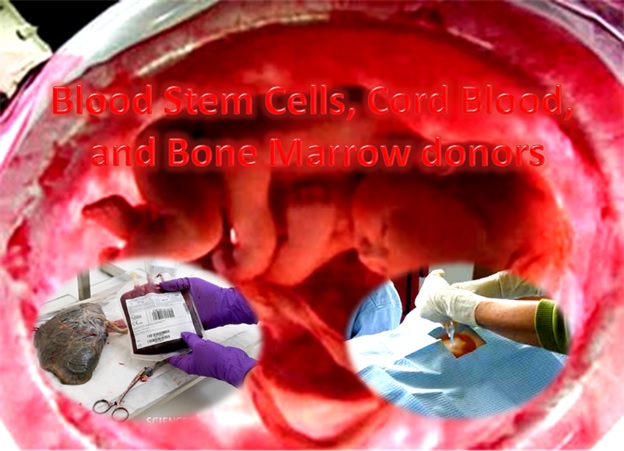
Blood Stem Cells, Cord Blood, and Bone Marrow
Healthy adults between the ages of 18 – 60 can donate blood stem cells. In order for a blood stem cell transplant to be successful, the patient and the blood stem cell donor must have a closely matched tissue type or human leukocyte antigen (HLA). Since tissue types are inherited, patients are more likely to find a matched donor within their own family or racial/ethnic group. There are three sources of blood stem cells that healthy volunteers can donate:
- Bone marrow: This soft tissue is found in the interior cavities of bones. It is a major site of blood cell production and is removed to obtain stem cells.
- Cord blood stem cells: The umbilical cord that connected a newborn to the mother during pregnancy contains blood that has been shown to contain high levels of blood stem cells. Cord blood can be collected and stored in large freezers for a long period of time and, therefore, offers another source of stem cells available for transplanting into patients.
- Peripheral blood stem cells: The same types of stem cells found in marrow can be pushed out into a donor’s bloodstream after the donor receives daily injections of a medication called filgrastim. This medication increases the number of stem cells circulating in the blood and provides a source of donor stem cells that can be collected in a way that is similar to blood donation.
Author: Sumana Rao | Posted on: January 5, 2022






















Write a comment